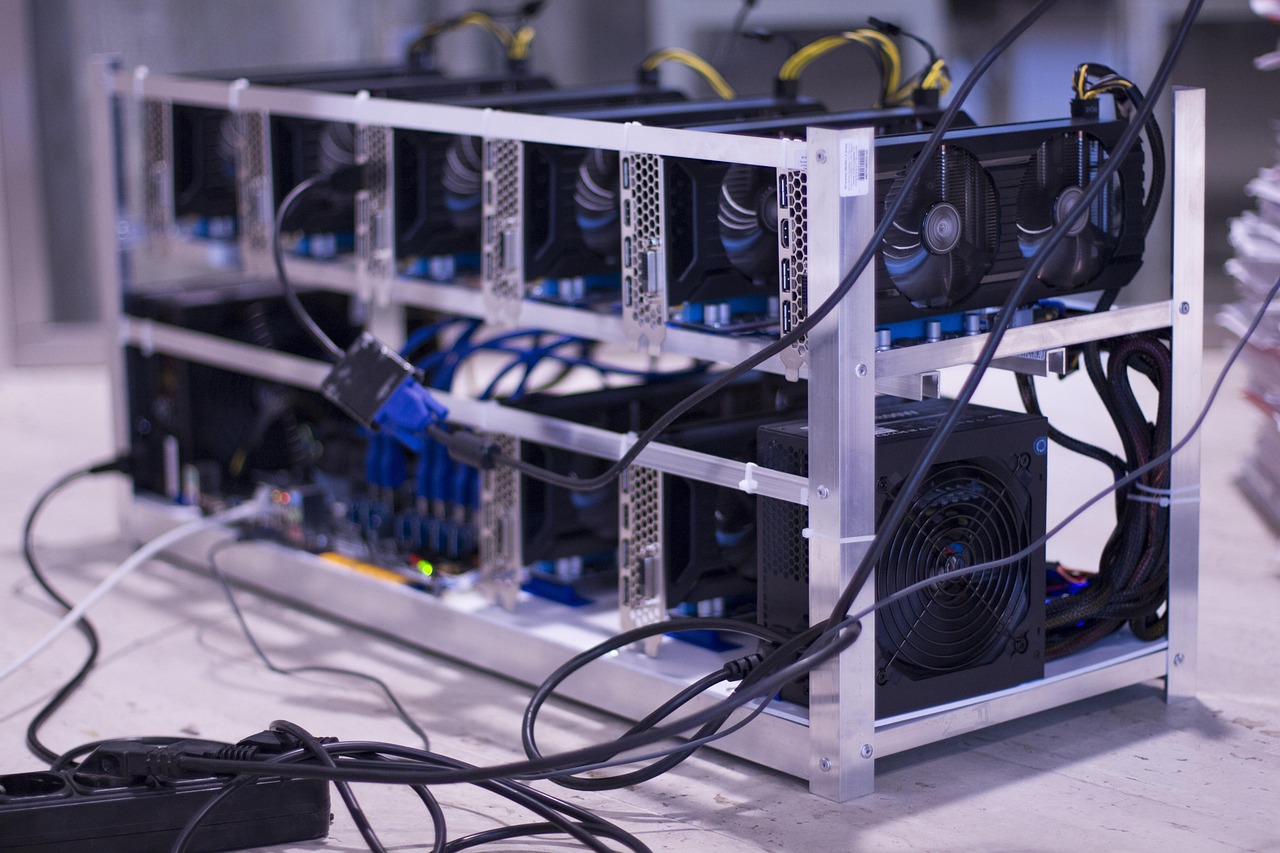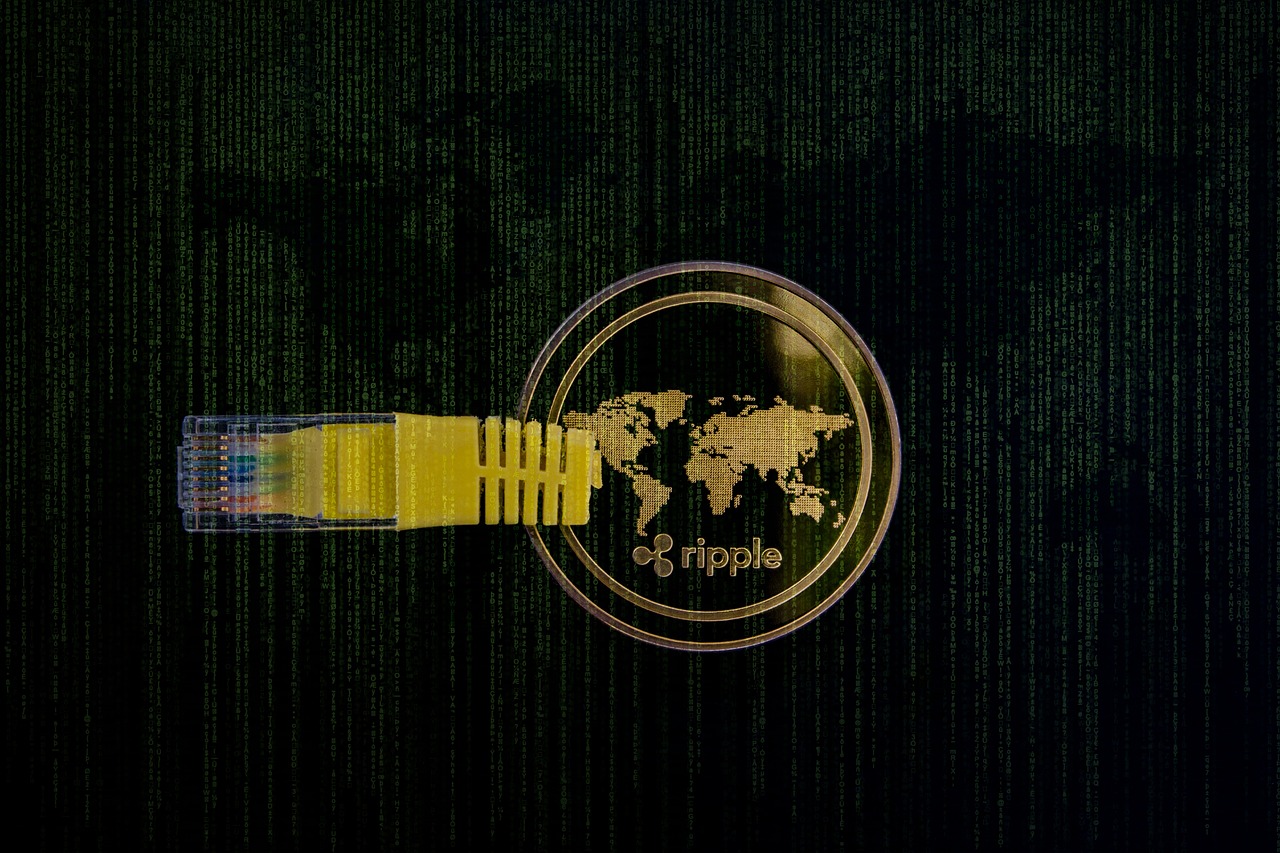2025-02-17 12:49:06
The President of Argentina promoted and then collapsed the LIBRA memecoin. Kuna announced the delisting of hryvnia, Tether, and other currencies. OpenSea launches airdrop. Fraud in the crypto sphere has reached $9.9 billion

LIBRA: How the Argentine president’s tweet spiked and then collapsed the token’s exchange rate by 99%
On February 14, 2025, Argentine President Javier Milay published a post on X in which he endorsed the LIBRA memecoin. His statement caused a stir among investors: trading activity skyrocketed, the token’s value reached $4,978, and capitalization reached $6 billion. But just a few hours later, the price collapsed to $0.99.
LIBRA is a memecoin launched on the Solana blockchain. The developers were convinced that the project would help Argentina’s economy by funding startups. However, after the president’s promotional post, many experts suspected a pump-and-dump scheme, in which the price of an asset is artificially inflated, and then the founders or insiders sell their stakes, thus crashing the market.
Analysts found out that the token creator received money from an exchange that does not require identity verification (KYC). Suspicions were soon confirmed — eight wallets associated with the project withdrew more than $107 million in cryptocurrency from the LIBRA ecosystem.
The Argentine president deleted his publication. He later explained that he supported the project as a private initiative without going into details. However, after studying the situation, he decided to stop promoting it.
Participants of the crypto community criticized speculation around memecoins and called for bringing those responsible to justice. Some investors’ losses reached the sums of $2-$2.2 billion. The scandal once again raised the issue of regulation of the crypto market and the risks of investing in memecoins, especially those associated with politicians. Argentina’s opposition party has decided to launch impeachment proceedings against the president.

Kuna removes USDT, hryvnia, and other assets: What should users do?
The Kuna platform announced the removal of USDT, DAI, Ukrainian hryvnia, as well as KUN, ZEC, and DASH tokens from the list of those available for trading. This decision is driven by the need to comply with MiCA regulatory requirements.
Owners of assets that fall under delisting are advised to transfer them to third-party wallets until February 19, 2025. After this date, the system will forcibly close all open orders with the specified tokens.
On March 3, 2025, the withdrawal function will be disabled. If users do not reach the deadline, the exchange will convert the excluded currencies into USDC at the exchange rate valid on the exchange on March 4 at 01:00 (Kyiv time).
Kuna representatives emphasized that the rest of the users’ assets will not be affected and will remain available for withdrawal in the standard mode.
Let us remind you that the platform’s founder, Mikhail Chobanyan, announced the termination of the Kuna exchange in all countries.

OpenSea combines NFT with cryptocurrencies and launches airdrop
OpenSea, the largest marketplace for NFT trading, is launching a beta version of its updated OS2 platform. Users will now be able to buy digital collections and cryptocurrencies, as well as make transactions between different blockchains.
The new OS2 platform promises to simplify trading:
- The commission for selling NFT has been reduced to 0.5%, and the commission for exchanging items has been reduced to 0%.
- The platform supports 14 blockchain networks, including Ethereum, Soneium (developed by Sony), and the recently launched Berachain.
The launch of OS2 was a response to market changes. According to analysts, OpenSea’s monthly trading volume has fallen from a record $5 billion in early 2021 to $190 million in January 2025. Experts believe that expanded functionality will help the platform regain its leadership.
Along with the update, OpenSea announced airdrop and the release of its SEA token. The details of the giveaway have not yet been disclosed, but it is known that the reward system is designed for long-term participation rather than short-term speculation.

Fraud in the crypto industry: Losses in 2024 reached $9.9 billion
According to Chainalysis analysts, fraud in the crypto industry has resulted in losses of at least $9.9 billion in 2024. However, the actual amount may be even higher than $12.4 billion if we consider the increase in attackers’ activity in recent years.
The most common schemes that scammers capitalize on are as follows:
- High-yield investments (promises of high returns with no factual basis): this scheme accounts for 50.2% of all fraudulent earnings.
- “Pig butchering” (luring money out over a long period under the guise of trust): scammers’ income has increased by 40%, and the number of deposits has increased by 210%.
Scammers still choose centralized exchanges to withdraw funds, but with the growing popularity of DeFi platforms, they are increasingly using their services. Of particular concern is the use of generative AI by attackers, which helps them bypass identification procedures, create fake identities, and develop fraudulent websites and promotional materials.
Another study from Merkle Science revealed that social engineering (manipulating people to obtain sensitive data) played a key role in cryptocurrency fraud in 2024. The most frequent sites attackers chose were X — 75% of cases, YouTube — 19%, and official crypto project websites — 5%.
Fraudsters mainly targeted well-known personalities (33% of cases), technology companies (30%), and crypto projects (19%). The main methods were “rug pull” (abrupt termination of the project with the withdrawal of all funds) and phishing (deception to obtain personal data, for example, through fake websites) — these accounted for 44% of all incidents. The remaining cases involved market manipulation and vandalism (destruction or defacement of digital assets).
Want to profitably exchange crypto to USD, UAH, or other fiat currency?
ObmenAT24 guarantees reliability, high reserves, and minimal commissions. The transaction takes 10-15 minutes.

